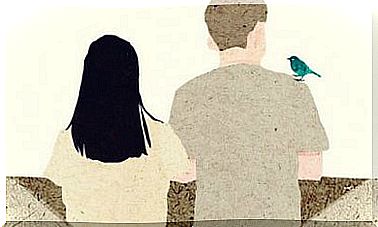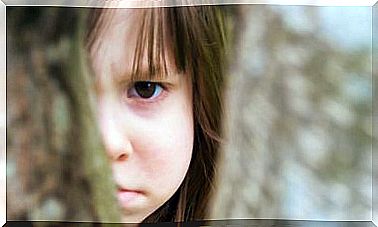What Is The Donut Economy?

Today many companies are trapped between two personalities between which they find it difficult to find a middle ground: the financial and the sustainable personality. On the other hand, for many of us, we live the economy with an ideal form of growth in which wealth is measured through GDP, an upward and infinite line.
The objective of this article is to study a proposal made by Kate Raworth, a researcher at the University of Oxford, in her book entitled The Donut Economy or Donut Economy .
As we will study next, this theory criticizes the blind view of prosperity as a situation of infinite growth. Thus, it gives space to equity and sustainability as fundamental assumptions. Next, we develop this idea, its main characteristics and the way in which it can affect society.

The Right Goal: Donut Economy
Kate Raworth argues that GDP has become a target in itself and not a useful indicator. According to the author, the true objective of the economy should be that individual and collective needs are satisfied, while ensuring environmental sustainability.
“ We have to think that we live in a complex and dynamic system. That is why we must change our traditional vision of economic models ”, he argues.
Thus, the system that she proposes would allow economies and companies to face both social and environmental challenges.
What does the donut represent?
Raworth uses the image of a donut or donut as a form of graphic representation of an economic model that respects human rights and the environment. The donut is thus defined as a “radically new compass to guide humanity in this century”, a figure that establishes two fundamental limits.
The donut hole represents the lack of basic goods suffered by many people. Its coverage should become the economic priority: water, food, health, education, income and work, peace and justice, political participation, gender equality, etc. The “ground” below which no human being should be forced to live and which is the backbone of the Sustainable Development Goals.
The outer circle represents the limit that the environmental resources themselves establish for humanity : reduction of the ozone layer, climate change, acidification of the oceans, etc. Nine processes in which we approach points of no return with unpredictable consequences: “the planetary limits”.
Thus, the economy is represented in a simple graph. A drawing bounded by limits that must be respected if you want to achieve a sustainable and safe economic system that can be defined as fair.
The importance of companies
The key to resolving the current conflict of infinite growth lies in the stock of companies. The financial markets continue to move based on profit, an ideology in which the environmental and human impact is out of the equation or a residual weight.
Raworth says that any multinational is aware of the impact it has globally. Thus, he argues that they must understand that their objective should not be to grow indefinitely, but to do things better; how you can do a more rewarding job. In this way, addiction to growth appears as one of the main obstacles to the birth of a system that places redistribution and regeneration at the center.

Current situation: relevance of the donut economy
The author argues that, although the European Union is promoting measures to achieve a sustainable economic model, these are “the old economy dressed in a new suit. ” It thus argues that the true economy is based on the creation of recyclable and open source products.
But are we arriving at a new narrative? Although the ideas of this economist may seem too revolutionary and there is still no country that has managed to enter the donut circle, they have begun to take steps in this direction.
For example, in Holland this book and its theory came to be at the center of a parliamentary debate. At the same time, Sweden has passed a law committing itself not to emit greenhouse gases. Austria wants to embrace the recycling economy. And in New Zealand the government has said it wants a “donut country.”
Furthermore, we see that, although classical economic theory is predominantly taught in universities, other alternatives, such as ecological, feminist or institutional, are beginning to find their space.









